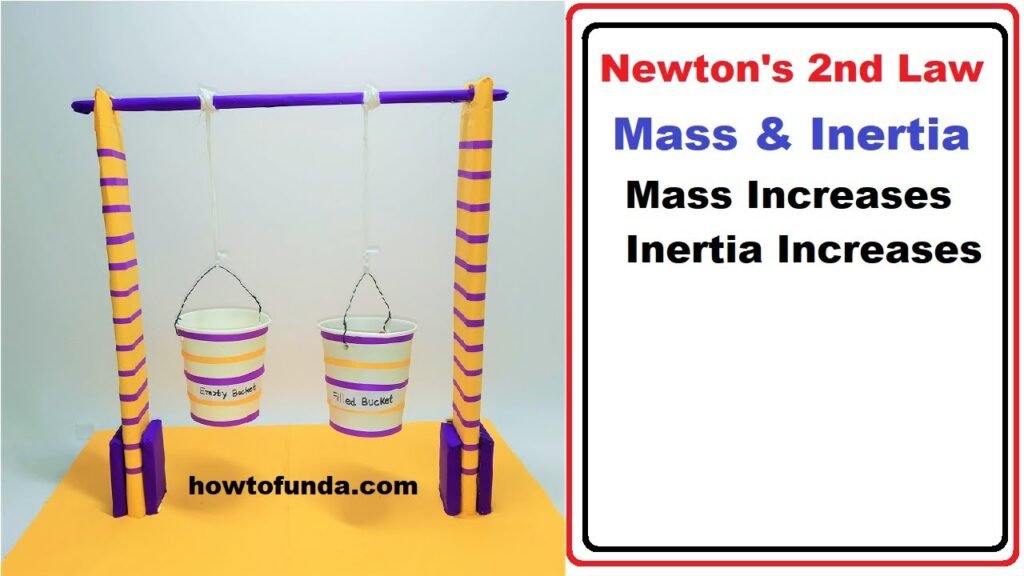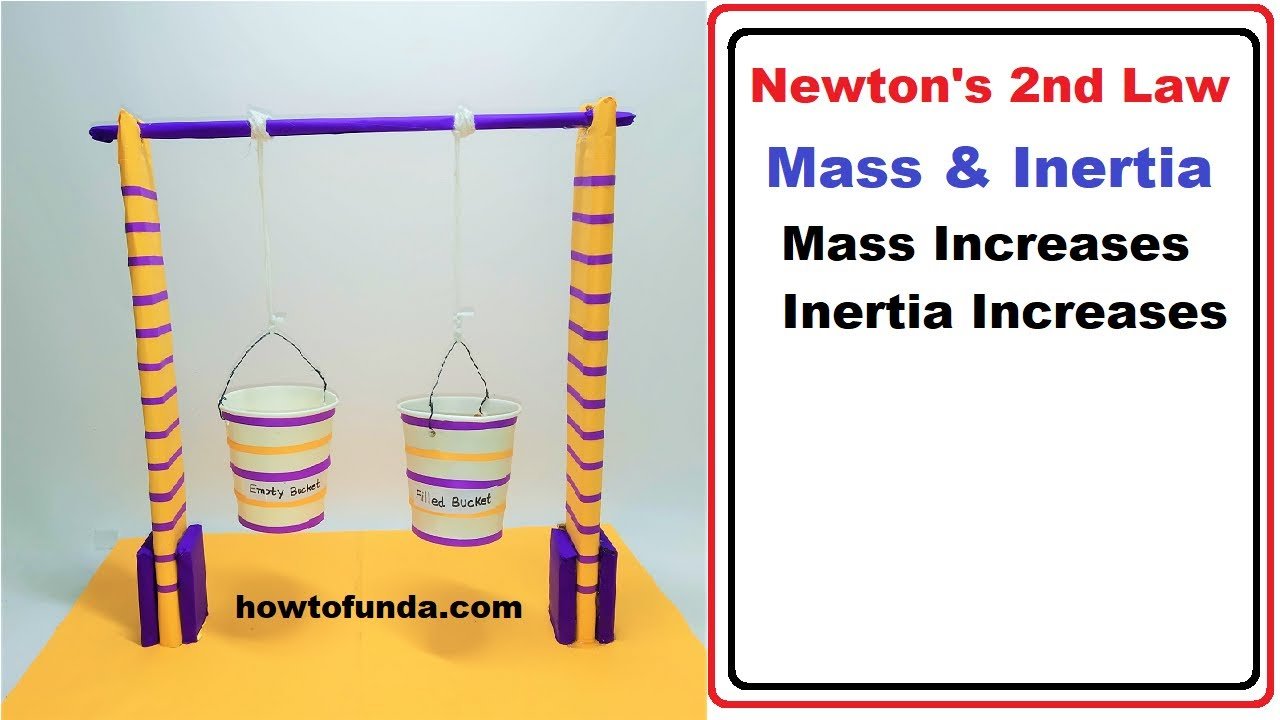Mass Introduction:
Mass is a fundamental property of matter that quantifies the amount of substance in an object. It is a scalar quantity and is typically measured in units such as kilograms (kg) or grams (g).
The mass of an object is constant and independent of its location, meaning it is the same regardless of whether the object is on Earth, the moon, or in space.
Mass is a crucial parameter in physics, influencing an object’s gravitational attraction to other masses and its response to forces.
Inertia Introduction:
Inertia is the tendency of an object to resist changes in its state of motion. It is related to an object’s mass; the greater the mass, the greater the inertia.
Inertia is often described in terms of Newton’s First Law of Motion, which states that an object at rest tends to stay at rest, and an object in motion tends to stay in motion with the same speed and in the same direction unless acted upon by an external force. Inertia is a property that manifests in both linear and angular (rotational) motion.
Mass and Inertia Relationship:
The relationship between mass and inertia is inherent in the concept of inertia itself. Objects with more mass have more inertia, making them more resistant to changes in their state of motion.
This connection is described by Newton’s First Law and is a fundamental principle in understanding how objects behave under the influence of forces.
Creating a working model to demonstrate Newton’s second law of motion and the concept of inertia with changing mass can be an engaging project.

Here’s a step-by-step guide to help you build a simple model using paper cups:
Materials Needed:
- Paper cups (several)
- String
- Tape
- Small weights (coins or any small objects)
- Hole punch (optional)
- Ruler
- Scissors
step by step video Procedure on making the newtons 2nd law of motion working model:
1. Gather Materials:
- Collect all the materials listed above.
2. Prepare the Paper Cups:
- Take several paper cups and punch a small hole near the rim on opposite sides of each cup. If you don’t have a hole punch, you can use scissors to carefully make a hole.
3. String the Cups:
- Cut a piece of string and thread it through the holes in two cups. Tie knots at both ends to secure the cups on the string. Repeat this process for as many cups as you have.
4. Create a Hanging System:
- Use tape to secure the string to a horizontal bar or any elevated structure so that the cups are free to hang and swing.
5. Add Weights:
- Attach small weights to the bottom of each cup. You can use coins, small rocks, or any objects of known mass. Make sure the masses are different for each cup.
6. Observe and Discuss:
- Observe the cups and weights system. Discuss with your audience (or yourself) the concepts of mass, inertia, and Newton’s second law of motion.
7. Conduct Experiments:
- Experiment by adding or removing weights from the cups and observe how the system behaves. Note any changes in motion.
8. Explain the Physics:
- Explain that according to Newton’s second law of motion, the force (in this case, the force due to gravity) acting on an object is equal to the mass of the object multiplied by its acceleration (F = ma).
9. Discuss Inertia:
- Discuss how inertia is the tendency of an object to resist changes in its state of motion. Increase in mass increases inertia, making it harder to change the motion of the system.
10. Record Observations:
- Record your observations and note how the system responds to changes in mass.

